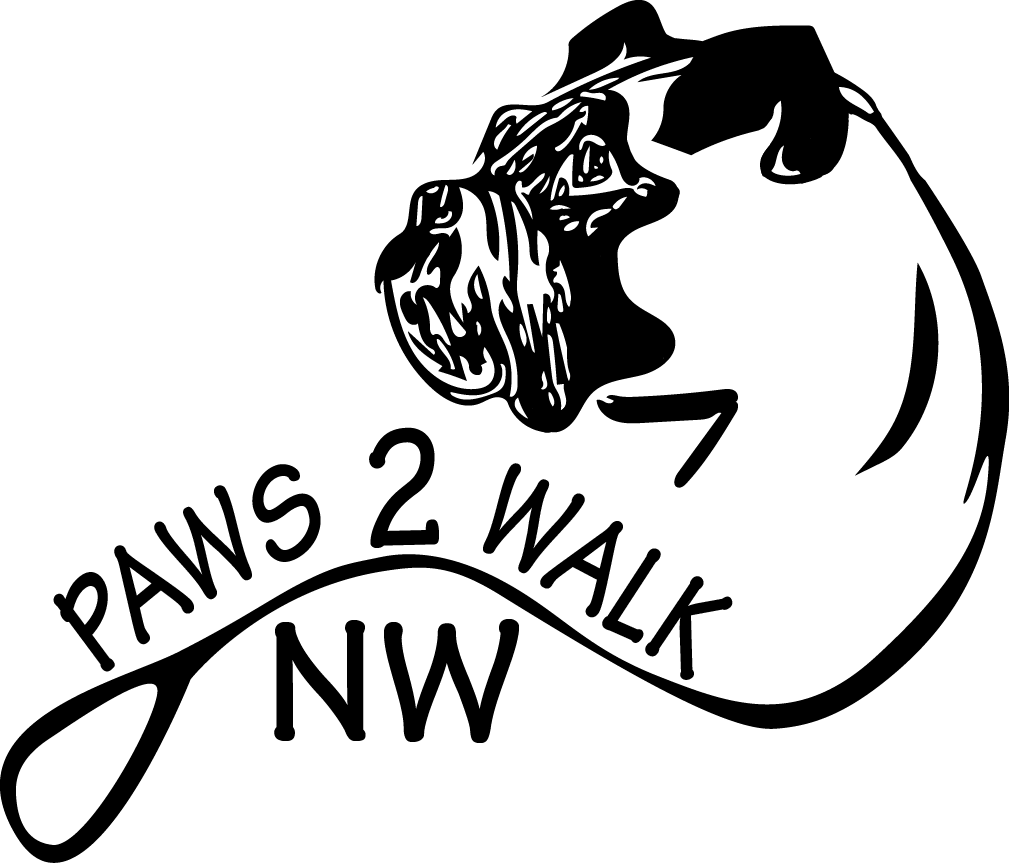Wanting to adopt a pet?
/Adopting a pet? Bringing a dog into your life will mean years of joy for you and your family, but comes with a responsibility. You will need to be able to pay for things for your dog needs -- most notable food and occasional medical care. Your dog will need to take your dog on walks and give him love and attention. You will need to be able to arrange for your dog's care if you choose to travel. All of these responsibilities last not just for this month or this year, but for the life of your dog -- and dogs can live for 15 years or more. (ref: adopt-a-pet.com)
A few of the top benefits of owning a dog:
- Cuddling a pet reduces stress, loneliness, and anxiety.
- Children who grow up in homes with pets have less risk of developing common allergies and asthma.
- Feeding and caring for a pet encourages childhood responsibility.
- Emerging readers often feel more comfortable reading aloud to a pet.





